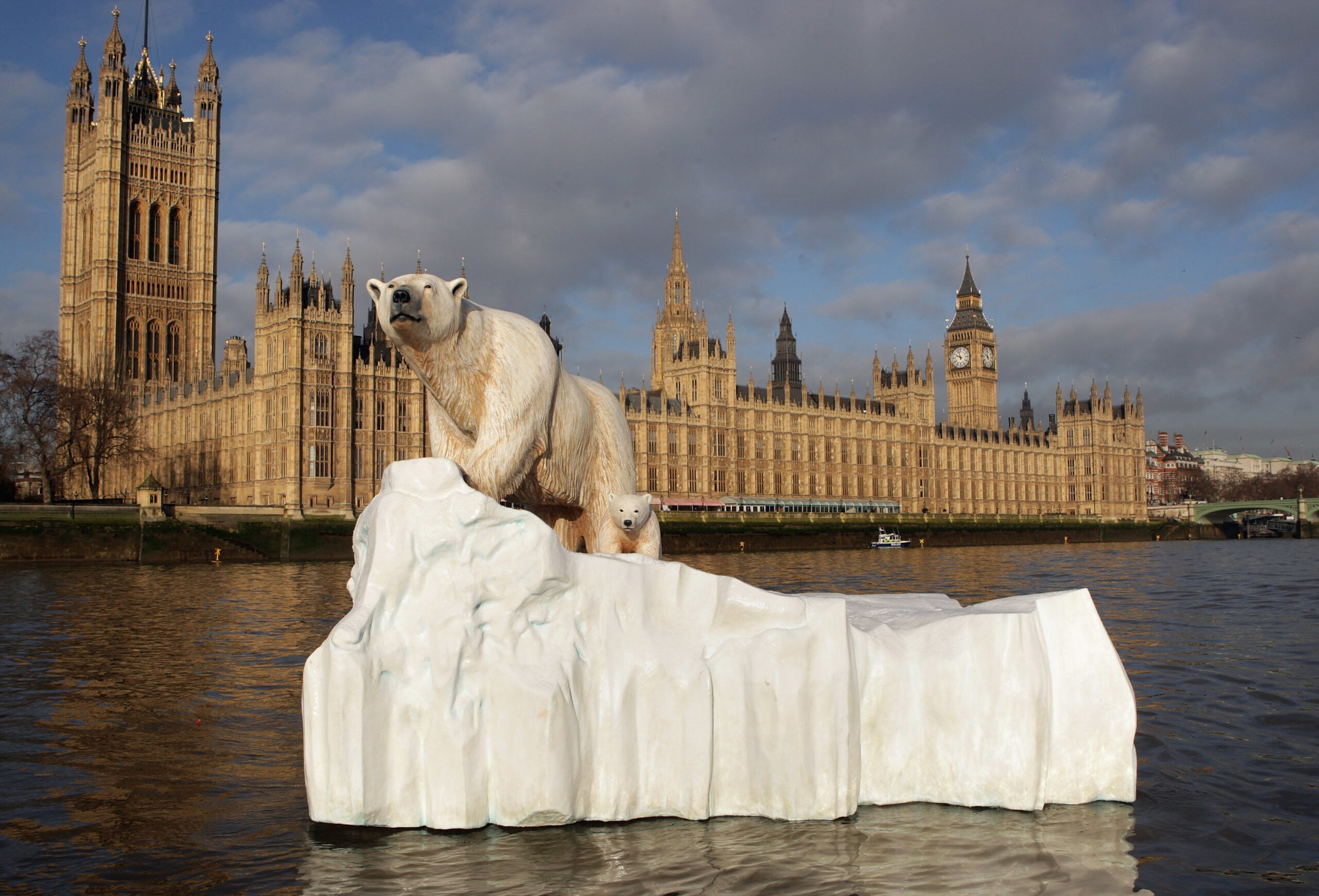
The Climate Crisis Is About Social Oppression

The Amazon Is On Fire: Here’s What You Can Do
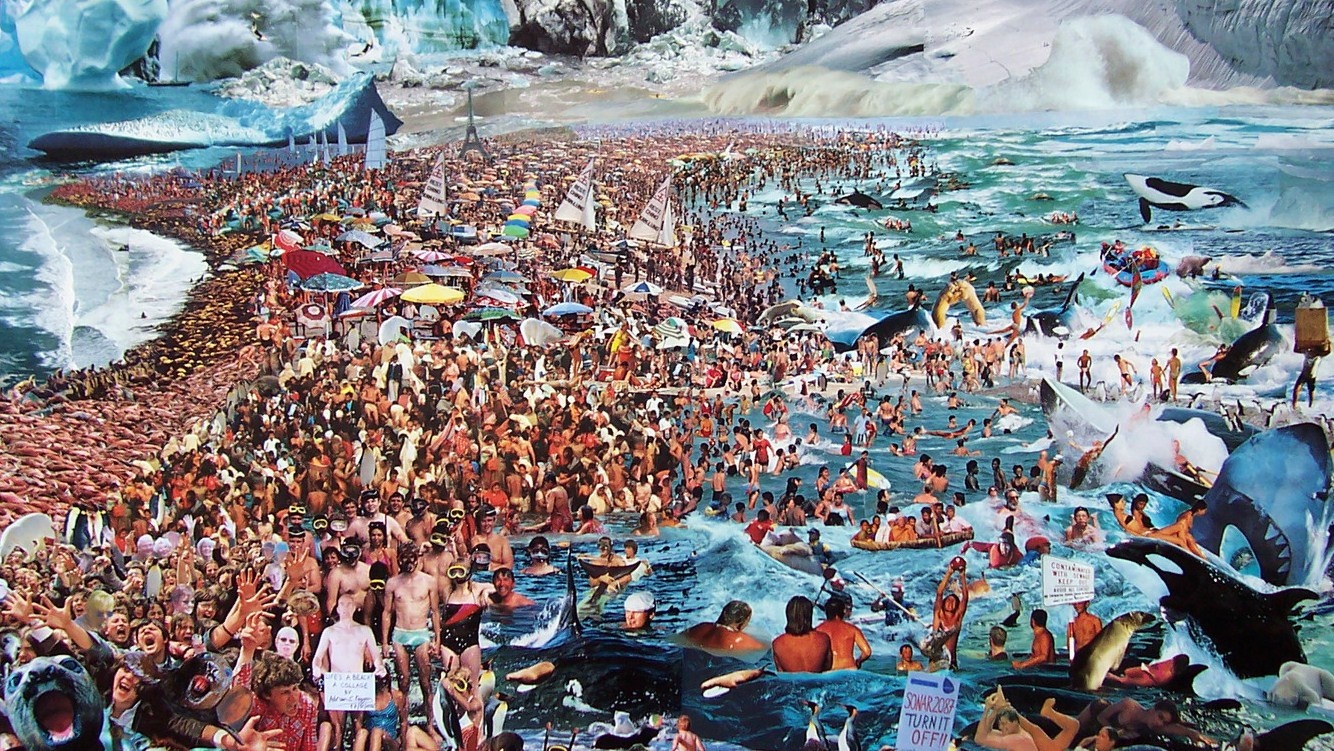
On World Population Day: How Climate Change Could Make Us Go Extinct

The Destruction of Climate Change: The Tree that Inspired Dr. Seuss’s “The Lorax” Has Fallen
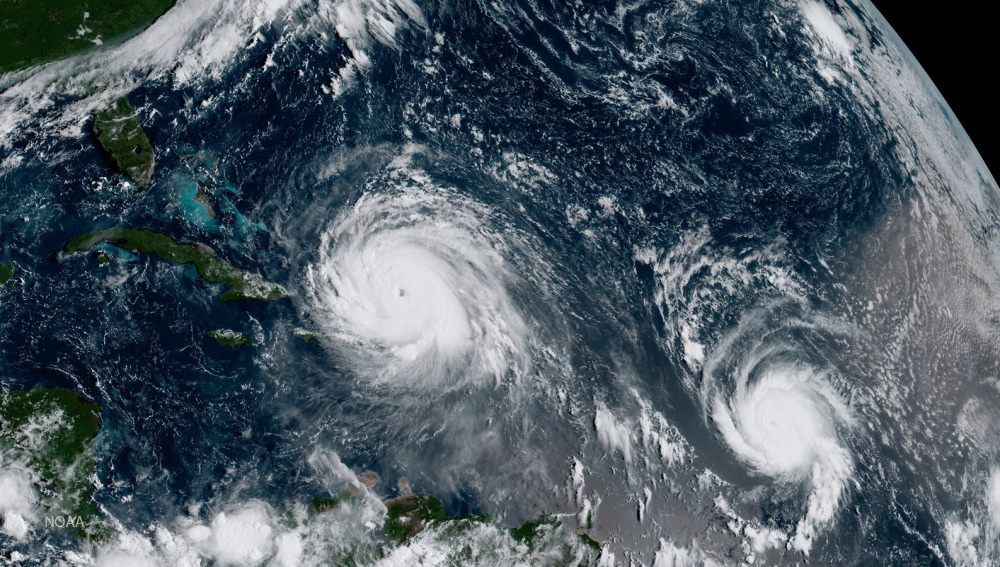
How Much Can We Blame Climate Change for Hurricane Michael or Florence?
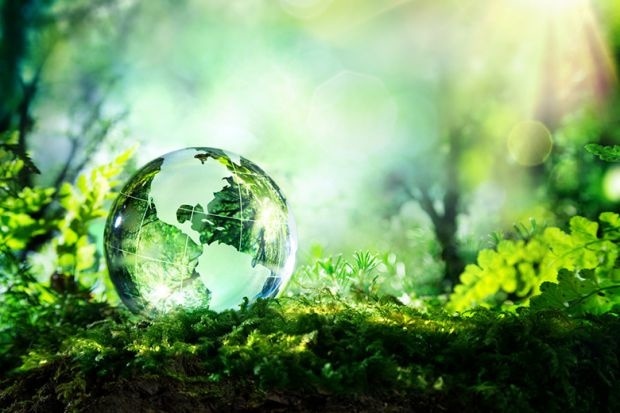
Experts Urge “Unprecedented Changes” to Prevent Environmental Disaster
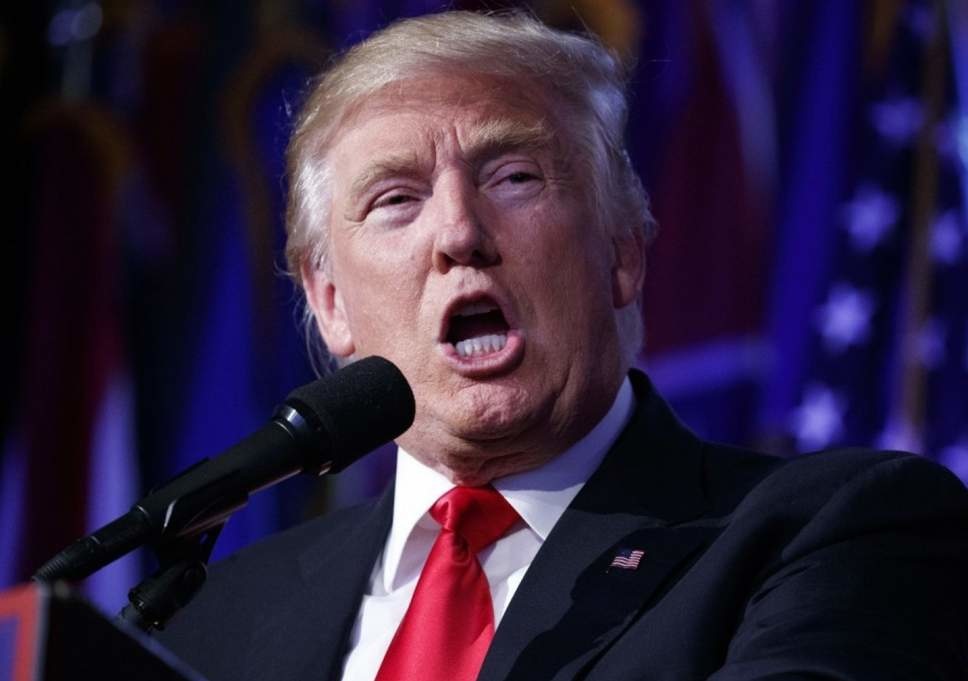
Trump Administration Admits Climate Change is Real

Five Small Things You Can Do That Have a Big Impact on the Environment
